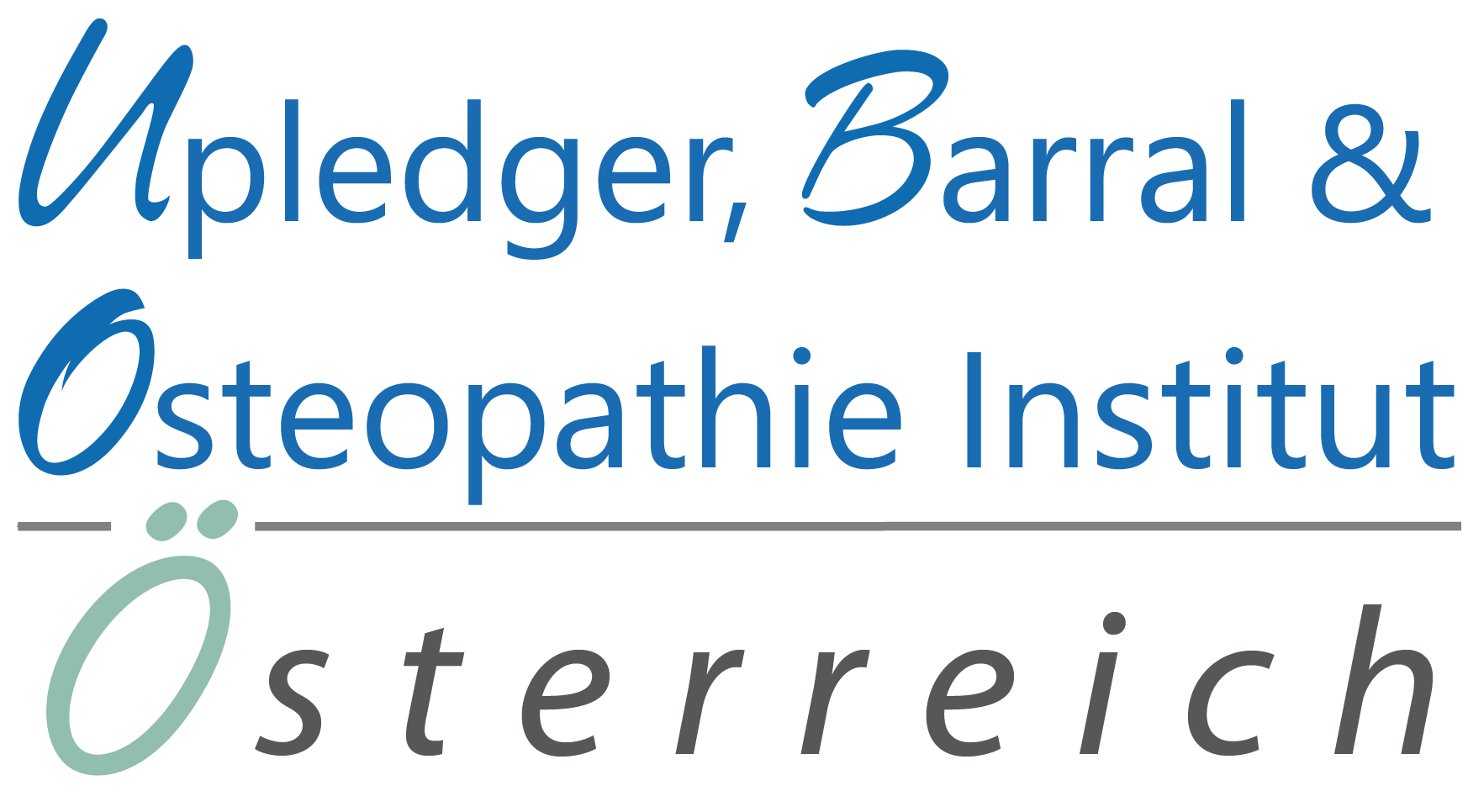Studien
Effectiveness of craniosacral therapy in the treatment of infantile colic.
Wirkung von Craniosacral Therapie bei der Behandlung frühkindlicher Koliken. Eine randomisierte kontrollierte Studie.
M. Castejón-Castejóna, M.A. Murcia-Gonzálezb, J.L. Martínez Gilc, J. Todrid, M. Suárez Rancele, O. Lenaf, R. Chillón-Martínezg
a Health Science PhD Program, UCAM Catholic University of Murcia, Campus de los Jerónimos nº135, Guadalupe 30107, Murcia, Spain
b Department of Physiotherapy, UCAM Catholic University of Murcia, Murcia, Spain
c HUVA Virgen Arrixaca, Murcia, Spain
d Health Science Department, UCAM Catholic University of Murcia, Murcia, Spain
e Departament of Mathematics, Statistics and Operations Research, University of La Laguna, Spain
f Health Science Department, UCAM Catholic University of Murcia, Murcia, Spain
g Faculty of Nursing, Physiotherapy and Podology, University of Seville, Seville, Spain
Abstract
Objectives: To determine the effectiveness of Craniosacral Therapy (CST) for the treatment of infantile colic.
Material and methods: This randomized controlled trial was conducted on 58 infants, aged 0–84 days, diagnosed with infantile colic. The babies received a 30–40 minute CST session once a week (experimental group) or no treatment (control group). Babies in the CST group received either 1, 2 or 3 CST sessions over a 14-day period.
Data were collected at 4 different times over the 24-day period, day 0 (baseline), day 7, day 14 and day 24.
Crying (primary outcome) and sleep (secondary outcome) were evaluated using a crying and sleep diary, and colic severity was measured using the Infant Colic Severity Questionnaire (secondary outcome).
Results: There was a statistically significant difference between groups (CST and control) in crying hours (F = 188.47; p < 0.0005; η2 = 0.78), sleep hours (F = 61.20; p < 0.0005, η2 = 0.54) and colic severity (F = 143.74; p < 0.0005, η2 = 0.73) across all the time points. In comparison with the control group, CST babies reported significant and clinically relevant effects in crying hours on day 7 (−2.47 h (95%CI, −2.95 to −1.99); p < 0.0005; d = 1.73), on day 14 (−3.29 h (95%CI, −3.7 to −2.8); p < 0.0005; d = 2.87) and on day 24 (−3.20 h (95%CI, −3.7 to −2.6); p < 0.0005; d = 2.54); in sleep hours on day 7 (−2.47 h (95%CI, −2.95 to −1.99); p < 0.0005; d = 1.73) on day 14 (-3.29 h (95%CI, −3.7 to −2.8); p < 0.0005; d = 2.87) and on day 24 (−3.20 h (95%CI, −3.7 to −2.6); p < 0.0005; d = 2.54).
Conclusions: Craniosacral therapy appears to be effective and safe for infantile colic by reducing the number of crying hours, the colic severity and increasing the total hours of sleep.
Zum Download der Studie von M. Castejón-Castejón
→ Effectiveness of craniosacral therapy in the treatment of infantile colic.
Sabine Foster-Garn BHSc, Dr.Dr. Alexandra Bodmann-Peschke
Pilot-Studie – Abstract
In dieser Pilot-Studie wurde von einer Pilot-Studienleiterin die Fragestellung aufgenommen und überprüft, ob prolongierte Symptome post Covid-19 Erkrankung durch osteopathische Behandlungen verändert werden können.
Um dieses zu überprüfen wurden diesbezüglich Datensätze mit Hilfe von SF-36 Fragebögen, 6-Minuten Gehtests und individuellen osteopathischen Behandlungsprotokollen gesammelt.
10 Proband*Innen (1 männlich, 9 weiblich) mit prolongierten Symptomen nach ihrer Akuterkrankung (zwischen 10 und 48 Wochen) und im Alter zwischen 34 und 74 Jahren wurden über ärztliche Kooperationspartner rekrutiert.
Jeweils zu Beginn und Abschluss der Behandlungsserie von pro Proband*In 6 Behandlungen zu je 60 Minuten über einen Zeitraum von maximal 3 Monaten wurde ein SF-36 Fragebogen zum tagesaktuellen Gesundheitszustand von den Proband*Innen ausgefüllt, ein 6-Minuten Gehtest von diesen absolviert und eine ausführliche osteopathische Befundung durch die Pilot-Studienleiterin durchgeführt.
Diese Daten wurden mit Einsatz des Programm-internen Statistiktools von Microsoft Excel (Windows 10) automatisiert statistisch ausgewertet.
Die Auswertung ergab eine statistisch signifikante Verbesserung der Resultate des 6-Minuten Gehtests (p (one-tail) = 0,0014, p (two-tail) = 0,0027), ebenso der durch den SF-36 abgefragten subjektiven Bewertung der physischen Gesundheit (p (one-tail) = 0,0074, p (two-tail) = 0,0147) und der Gesamtpunkteauswertung des SF-36 (p (one-tail) = 0,0037, p (two-tail) = 0,0075). Geringer signifikant verbessert zeigten im Zuge der SF-36 Auswertung die Rubriken mentale Gesundheit (p (one-tail) = 0,0296 (signifikant), p (two-tail) = 0,0591 (nicht signifikant)), die allgemeine Gesundheitswahrnehmung (p (one-tail) = 0,0309 (signifikant), p (two-tail) = 0,0619 (nicht signifikant)) und die Verdauung (p (one-tail) = 0,0477 (signifikant), p (two-tail) = 0,0955 (nicht signifikant)).
Durch die obengenannten statistisch signifikanten Pilot-Studienergebnisse ist bezüglich der Fragestellung dieser Pilot-Studie eine Verbesserung des Gesundheitszustands bei dieser Patientengruppe durch osteopathische Behandlungen als Möglichkeit in Betracht zu ziehen.
Zum Download der Studie von Sabine Foster-Garn BHSc
→ Osteopathie bei prolongierten Symptomen post Covid-19 Erkrankung
Können prolongierte Symptome post Covid-19 Erkrankung durch osteopathische Behandlungen verändert werden?
Weitere Studien und Artikel findest du auf der Website der „International Alliance of Healthcare Educators (IAHE)“ .
Einreichung von Fallstudien zur Veröffentlichung
- Verbesserung der Forschungskompetenz und Förderung der Forschung
- Bereitstellung eines Forums für Einzelpersonen, um ihre Erfahrungen zu präsentieren und die berufliche Entwicklung zu fördern
- Verantwortung eines Berufsstandes, um das Feld voranzubringen und weitere Akzeptanz zu gewinnen
- Informationen teilen, die für andere von Interesse sind
- Machen Sie die Upledger- und Barral-Disziplinen so vielen Menschen wie möglich zugänglich und verständlich
Reichen Sie Ihren Fallstudie und Ihre Zusammenfassung beim Barral Institut Österreich ein unter: office@upledger.at
Bitte teilen Sie uns folgende Informationen zu Ihrer Person mit:
- Name
- Titel
- Adresse
- Telefon-Nummer
- E-Mail-Adresse
- Beruf
- Wenden Sie nur eine Behandlungsmethode an und verwenden Sie zuverlässige Messmethoden, um den Fortschritt zu bewerten.
- Fassen Sie die Daten zusammen und präsentieren Sie sie nur einmal – Sie müssen nicht alle gesammelten Daten präsentieren – Seien Sie klar und prägnant.
- Verwenden Sie nicht „ich“ oder „wir“, sondern „der/die Autor(en)“.
How to write a case report – international empfohlenes Fallstudienformat
- case-report-worksheet (PDF)
Sample Case Report – Beispiel einer Fallstudie im internationalen Format:
Quelle: https://www.barralinstitute.com/srv/index.php (03.10.2024)
